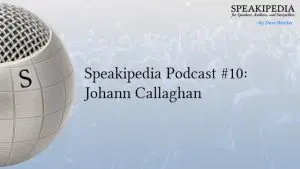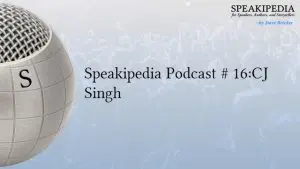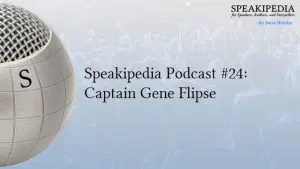One-sentence paragraphs are common when short pieces of dialog are being exchanged, but consider the effect of serial one-sentence paragraphs in other contexts. The following excerpt from my sailing memoir, The Blue Monk describes an ocean crossing in a small wooden boat:
The sun marches over our heads through a field of blue, burns the horizon beyond our wake, yields to the stars, purples the east, and rises before us again
We are aground in a river of time.
We eat.
We sleep.
With the wheel, we turn the ocean round our boat.
Days pass like silken threads on hidden currents of wind.
Hours hover like dust revealed by a sunbeam.
Forever collapses into a moment.
There can be no other side, no destination.
There is only here, only now.
The wind falls light again.
We motor over calm, shimmering seas.
The narrative reflects on the passage of time at sea. Though it could have been written as a single paragraph, consider how isolating each thought affects the pacing.
This is a marriage of prose and poetry designed to be “read aloud” in your head.
Pause at each comma.
Stop at the end of each sentence.
Let the words ring.
Short, single-line paragraphs mimic the experiencing mind. Experience, in its pure form, transcends words. More words could convey the author’s picture of an experience at the expense of the reader’s. Why place your reader in your head when you can pull them into your scene?
Write succinctly and seriously.
One-sentence paragraphs cue your reader to stop and reflect.
As they say, “the devil is in the details.”
So get rid of the details.





